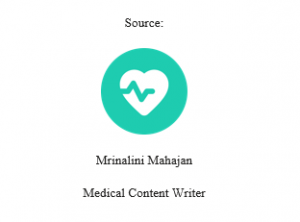[the_ad id=”6076″]
In an era dominated by technological advancements, the healthcare industry has undergone a profound transformation, leveraging digital innovations to improve patient care, streamline processes, and enhance overall efficiency. However, as healthcare systems become increasingly interconnected and reliant on digital platforms, the importance of cybersecurity in safeguarding patient data and ensuring the integrity of healthcare operations cannot be overstated.
The Growing Threat Landscape:
The healthcare sector has become an attractive target for cybercriminals due to the vast amount of sensitive information it holds. Electronic health records (EHRs), patient demographics, and financial data are just a few of the valuable assets that can be exploited. Cyberattacks in healthcare can range from ransomware attacks that lock down systems.
Challenges in Healthcare Cybersecurity:
Several unique challenges make cybersecurity in healthcare a complex and evolving field. Interconnected medical devices, legacy systems with outdated security protocols, and the need for easy access to patient data by healthcare professionals create vulnerabilities that malicious actors may exploit. Additionally, the sheer volume of data generated and stored within healthcare systems poses a considerable challenge in ensuring comprehensive protection.
Protecting Patient Data:
- Encryption and Access Controls: Implementing robust encryption mechanisms and access controls is crucial for protecting patient data. Encryption ensures that even if data is intercepted, it remains unreadable without the proper decryption key. Access controls restrict data access to authorized personnel, minimizing the risk of unauthorized entry.
- Regular Security Audits and Updates: Conducting regular security audits helps identify vulnerabilities in the system. Software and system updates should be applied promptly to patch known vulnerabilities, as outdated systems are more susceptible to cyber threats.
- Employee Training: Human error is a significant factor in cybersecurity breaches. Proper training for healthcare staff on recognising phishing attempts, using strong passwords, and adhering to security protocols is essential in creating a robust defense against cyber threats.
- Incident Response Planning: Developing a comprehensive incident response plan is critical to minimising the impact of a cybersecurity breach. This plan should outline the steps to be taken in the event of an attack, ensuring a swift and coordinated response to mitigate potential damage.
Emerging Technologies in Healthcare Cybersecurity:
- Blockchain Technology: Blockchain’s decentralised and tamper-resistant nature makes it a promising technology for securing healthcare data. It can be used to create secure and transparent systems for managing electronic health records and ensuring data integrity.
- Artificial Intelligence (AI) and Machine Learning (ML): AI and ML can enhance cybersecurity by identifying patterns indicative of potential threats. These technologies can analyse vast amounts of data to detect anomalies and predict potential security breaches, allowing for proactive measures to be taken.
Conclusion:
As the healthcare industry continues to embrace digital transformation, the importance of robust cybersecurity measures cannot be overstated. Protecting patient data, ensuring the integrity of healthcare operations, and maintaining trust in the healthcare system all depend on a proactive and comprehensive approach to cybersecurity. By investing in the latest technologies, implementing best practices, and fostering a culture of cybersecurity awareness, the healthcare sector can navigate the evolving threat landscape and uphold its commitment to patient safety.

